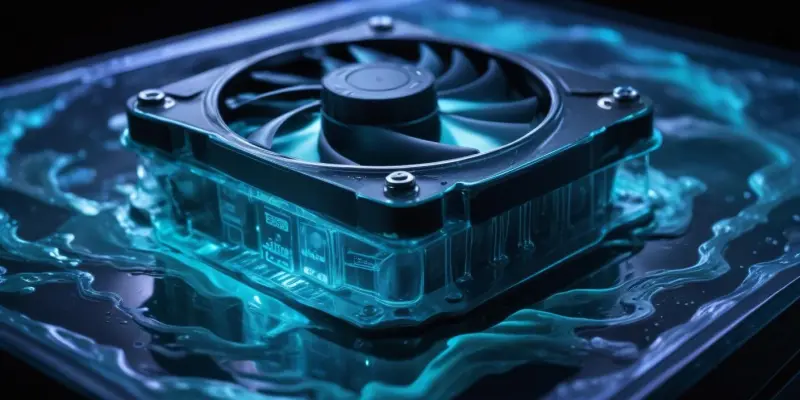In the rapidly evolving world of gaming, the quest for higher performance and superior graphics remains relentless, with a significant focus on delivering 4K gaming experiences. Amidst this backdrop, the recent confirmation of the NVIDIA Tegra239 System on Chip (SoC) for the Nintendo Switch 2 marks a pivotal development in gaming technology. The Tegra239 represents the latest evolution in NVIDIA’s partnership with Nintendo, continuing to build on the technological foundations set by the previous generation console. This new SoC boasts a robust ARM-based architecture characterized by eight Arm Cortex-A78C cores and a powerful hybrid GPU comprising Ada Lovelace and Ampere elements, along with 1536 CUDA cores. The CPU upgrade is designed to operate between 1.1 GHz to 1.5 GHz, particularly when docked, signaling a substantial enhancement in processing power.
Revolutionizing Gaming Performance
A significant aspect of the Tegra239 lies in its impressive support for DLSS (Deep Learning Super Sampling) upscaling technology, which is instrumental in enhancing the console’s performance. This technology allows for outputs like 4K at 60 FPS when docked, delivering smooth and ultra-clear visuals. Additionally, the Tegra239 features a 128-bit memory interface using LPDDR5 technology, which supports faster data transfer rates and more efficient power consumption. While complete details about the chip remain scarce, the known specifications indicate NVIDIA’s steadfast commitment to custom ASIC designs and its ongoing collaboration with ARM and Nintendo.
The integration of DLSS technology cannot be overstated, as it plays a vital role in making 4K gaming feasible on a console platform. This technology leverages AI to upscale lower-resolution images into higher resolutions, thus significantly boosting performance without compromising on visual fidelity. The hybrid GPU combining Ada Lovelace and Ampere elements further reinforces this capability, making the Nintendo Switch 2 a formidable contender in the gaming console market. The move to ARM-based architecture and the addition of eight Arm Cortex-A78C cores signify a leap in processing power, which, coupled with DLSS, opens doors to next-generation gaming experiences. NVIDIA’s strategic collaboration with ARM and Nintendo showcases a synergistic approach to developing high-performance gaming hardware. The Tegra239 stands as a testament to this relationship, highlighting NVIDIA’s ability to deliver cutting-edge technology tailored to specific gaming needs. This commitment to innovation is evident in the meticulous design and powerful specifications of the Tegra239, ensuring that the Nintendo Switch 2 is equipped to meet the demands of modern gamers. The CPU’s operational range between 1.1 GHz and 1.5 GHz, particularly in docking mode, provides flexibility and enhances overall gaming performance, making it a crucial element in the Switch 2’s architecture. In summary, the NVIDIA Tegra239 SoC is poised to revolutionize the gaming experience on the Nintendo Switch 2, promising enhanced performance, superior graphics, and seamless gameplay. The innovative use of DLSS technology, combined with a hybrid GPU and advanced ARM architecture, underscores NVIDIA’s dedication to pushing the boundaries of gaming technology. As the gaming industry continues to evolve, the Tegra239 positions the Nintendo Switch 2 at the forefront of this exciting era, offering gamers a glimpse into the future of high-performance console gaming.

